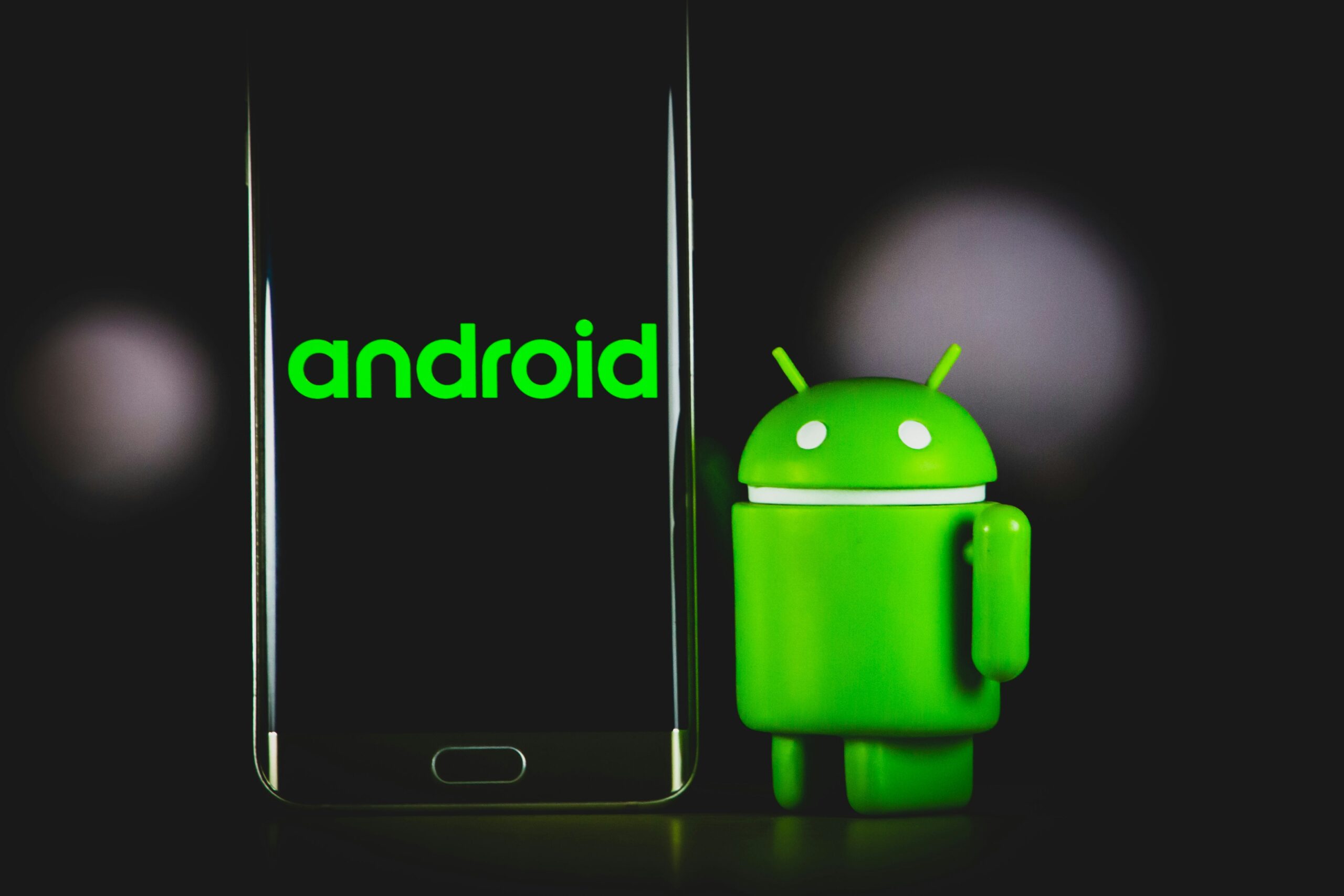When it comes to smartphones, two of the most popular operating systems are Android and iPhone. Both platforms have their own unique features and benefits, making it difficult for users to choose between them. In this article, we will explore the key differences between Android and iPhone to help you make an informed decision.
1. Customization
One of the major differences between Android and iPhone is the level of customization they offer. Android allows users to customize their devices to a greater extent, from changing the home screen layout to installing third-party apps from various sources. On the other hand, iPhone has a more locked-down approach, limiting customization options to preserve security and stability.
2. Hardware Options
Android devices are available in a wide range of models and brands, offering users a plethora of hardware options to choose from. This allows users to find a device that suits their specific needs and budget. In contrast, iPhone is limited to a few models released by Apple each year, providing a more streamlined and consistent user experience.
3. App Ecosystem
Both Android and iPhone have their own app ecosystems, offering millions of apps for users to download and use. However, there are some differences in the app availability and quality. Android has a more open app ecosystem, allowing developers to publish apps with fewer restrictions. On the other hand, iPhone has a more strict review process, resulting in a curated selection of high-quality apps.
4. User Interface
The user interface is another area where Android and iPhone differ. Android provides a more customizable and flexible user interface, allowing users to personalize their devices according to their preferences. iPhone, on the other hand, has a more consistent and intuitive user interface, providing a seamless user experience across all devices.
5. Integration with Other Devices
Android devices are known for their seamless integration with other devices and platforms. They offer better compatibility with a wide range of devices, such as smart TVs, smartwatches, and home automation systems. iPhone, on the other hand, excels in its integration with other Apple devices, such as Mac computers, iPads, and Apple Watches.
6. Price Range
Price is an important factor to consider when choosing between Android and iPhone. Android devices are available in a wide price range, from budget-friendly options to high-end flagship models. This makes Android a more affordable choice for users with different budgets. On the other hand, iPhone is known for its premium price tags, making it a more expensive option.
7. Operating System Updates
Android and iPhone have different approaches when it comes to operating system updates. Android devices receive updates from both the device manufacturer and the Android operating system, resulting in a more fragmented update process. In contrast, iPhone devices receive regular updates directly from Apple, ensuring a more streamlined and consistent update experience.
Conclusion
Choosing between Android and iPhone ultimately comes down to personal preferences and priorities. Android offers more customization options, a wider range of hardware choices, and better integration with other devices. On the other hand, iPhone provides a more consistent user experience, a curated app ecosystem, and regular updates directly from Apple. Consider your needs, budget, and desired user experience to make the right choice for you.

